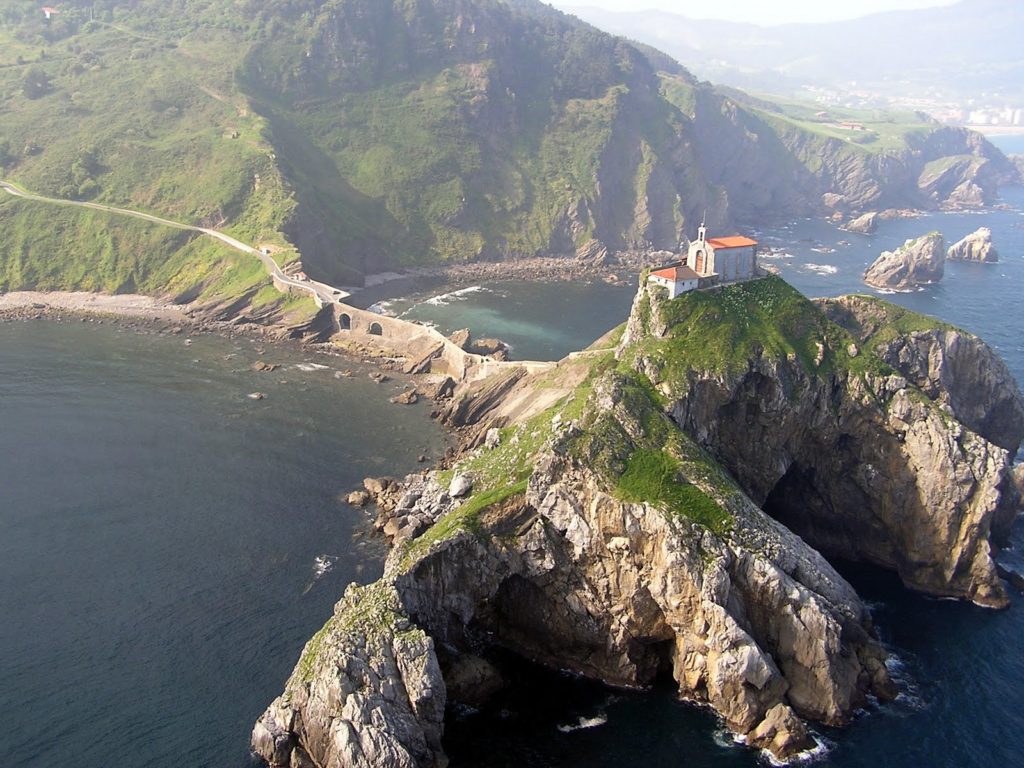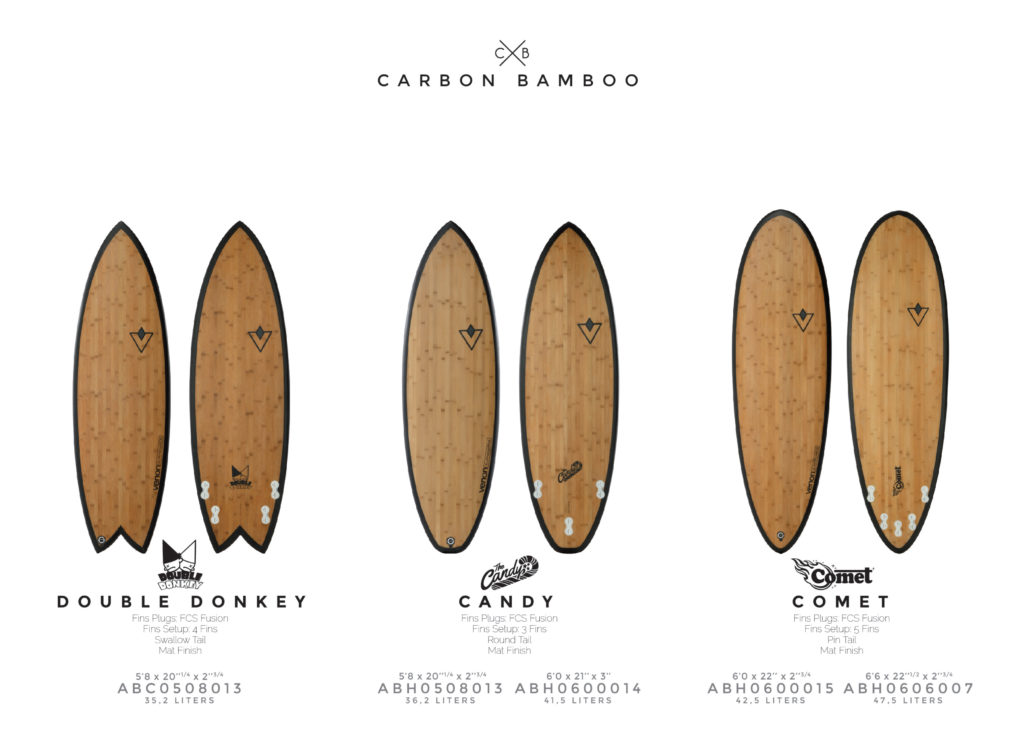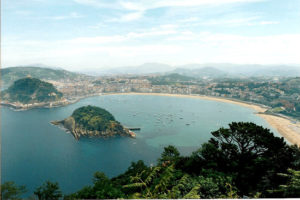Travel Stand up paddle adventure: Greece
The video below show our last Stand up paddle adventure in Greece:
The video below show our last Stand up paddle adventure in Greece:
If you want to experience amazing Stand up paddle San Sebastian moments like the ones below, contact us to check our equipment and guided tours:
Hirec World – Underwater Greece from Ion Eizaguirre on Vimeo.
Find below one of our latest Stand up paddle adventure videos we made:
The video below shows few waves including our classic hire longboard CJ Nelson Arrow.
For more infor about the board go to: www.surftech.com
We offer a range of different Guided tours around the San Sebastian area along the Basque Country.
Let us know the dates and your interests and we will customize a plan for you.

You shouldn’t need extra motivation to visit San Sebastián – the impossibly lovely seaside metropolis is widely considered one of the best places to eat in the world – but this year, the city was awarded the coveted title of European Capital of Culture (along with Wroclaw, Poland).
This designation brings with it a packed calendar of events and activities set to enliven the city throughout the year, from concerts and film festivals to art exhibitions, live performances of opera and theatre, creative workshops and courses, and children’s programming. Explore the city and its cultural offerings on two wheels: the bicycle is the festival’s official mode of transportation.
 Pintxos spread at a bar in San Sebastián. Photo by Cristina Arias / Getty Images
Pintxos spread at a bar in San Sebastián. Photo by Cristina Arias / Getty Images
Food & Wine magazine reported a fascinating statistic: Basque people spend more than twice as much of their disposable income on food as people do in the United States. Step into any bar and look at the lavish spread of pintxos and you’ll understand why. The region’s cuisine, built around authentic and local products like grilled lamb, cured meats, salt cod, sheep’s and goat’s cheese, piquillo peppers, artichokes, and fresh anchovies, to name just a few, is rightfully world-famous.
You can swing high or low: Basque Country is home to nearly thirty Michelin-starred restaurants, but you’ll be just as happy sampling the finger food and sipping Basque cider or txakoli, a sparkling white wine typically served as an aperitif, at a bustling corner bar that’s been run by the same family for generations.
 Bilbao’s Pedro Arrupe footbridge with a view of the Guggenheim on the banks of Rio Nervión. Photo by Cultura Exclusive/RUSS ROHDE / Getty Images
Bilbao’s Pedro Arrupe footbridge with a view of the Guggenheim on the banks of Rio Nervión. Photo by Cultura Exclusive/RUSS ROHDE / Getty Images
Gleaming and otherworldly, the Guggenheim Bilbao is more than an art museum: it’s a modern architectural landmark, a stylized ode to the city’s shipbuilding past and an unmistakable emblem of Bilbao itself. When Frank Gehry’s masterpiece opened in 1997 – on the banks of the Rio Nervión, in a derelict and highly polluted area that was previously an industrial wasteland – it was a symbol of revitalization and the dawn of a new era for the city. Stroll along the riverfront promenade for spectacular views of the museum’s sculptural exterior before heading inside to view exhibits like the current headliner, Andy Warhol. Shadows (warhol.guggenheim-bilbao.es/en).
To experience the enchantment of the Basque coastline, you’ll want to rent a car and explore the dramatic clifftop landscape at your own pace. Take the scenic route from Bilbao to San Sebastián; this unforgettable road trip leads you through a string of traditional fishing villages with names you’ll struggle to pronounce, from tiny Elantxobe to drop-dead gorgeous Lekeitio to Getaria, hometown of the fashion designer Cristobal Balenciaga (there’s a great museum dedicated to his oeuvre.) All of the towns along this stretch feature great pintxo bars and quiet medieval streets that invite a leisurely wander.
If you follow the news, you know that Basque nationalism is a point of controversy in Spain. But that regional pride could be read as an expression of cultural independence: though mystery surrounds the topic, confounding anthropologists and archeologists, Basque people are believed to be descendants of the original human inhabitants of the European continent. Their culture is characterized by thoroughly unique traditions, including Euskara, the Basque language. It predates the Romans and, even more intriguingly, it bears no relation to languages spoken elsewhere in Europe.
Travellers will hear Euskara spoken throughout Basque country, and see the language – with its own alphabet and dedicated typeface – printed everywhere from the train station schedule to newspapers and café menus. Luckily, most words are also printed in a language that’s much easier to decipher: Spanish.
 Steps to San Juan de Gaztelugatxe. Photo by Westend61 / Getty Images
Steps to San Juan de Gaztelugatxe. Photo by Westend61 / Getty Images
It’s a small journey, getting to the ninth-century religious site of San Juan de Gaztelugatxe – a zigzag walk down a steep hill, passage across the Bay of Biscay via a picturesque stone footbridge, and a hike up 241 steps, to be exact. But the views from the top of the island make the effort worthwhile. Gaztelugatxe derives from the Basque gaztelu (castle) and aitz (rock or crag). Even though the original hilltop church, dedicated to Saint John the Baptist, was demolished and rebuilt, ‘castle rock’ remains an apt description of this quintessentially Basque landmark.
Take in sweeping views of the dramatic coastline and the crashing waves below, and keep your eye out for Basque fishermen making the pilgrimage along with the tourists: it’s a local tradition to hike to the church and ask for the saint’s blessing for a bountiful season ahead.
The Basque capital doesn’t see as many international visitors as Bilbao or San Sebastián – all the more reason to spend a few days exploring the cobblestone streets and pintxo bars of pretty Vitoria-Gasteiz. Highlights include the postcard-perfect historic centre, considered the best preserved medieval centre in Basque Country, and the 13th-century Cathedral Santa María, a Gothic landmark perched at the summit of the old town.
 Temple with the remains of the tree of Gernika, under which noblemen gathered in the Middle Ages. Photo by De Agostini / G. Roli / Getty Images
Temple with the remains of the tree of Gernika, under which noblemen gathered in the Middle Ages. Photo by De Agostini / G. Roli / Getty Images
Even if your knowledge of art is limited, you’ve likely seen Guernica, Pablo Picasso’s powerful mural depicting the violence and chaos of war. It’s widely thought to be a response to the 1937 bombing of Gernika, a Basque village, during the Spanish Civil War. Today, you can visit the site yourself, stopping into the excellent Museo de la Paz de Gernika for an overview of wartime events and the town’s significance in the greater context of Basque culture.
Surf’s up: the wave at Mundaka, on Basque Country’s central coast, has long been regarded as the best wave in all of Europe. The natural geography here – a sandbar formed by an estuary – forms fast, hollow waves that some surfers have called the finest in the world. If you’re not up to the challenge, watch the spectacle from the town’s harbour walls.
We will provide the perfect surf equipment to enjoy this world class wave and have an amazing surfing experiences.
The image below shows part of our rental range featuring the Bamboo carbon technology.
If you are planning to hire a surfboard in San Sebastian we offer a wide variety of options.
On the image below you will find the Double Donkey and the Comet, two of our rental boards.
More info in wwww.venonsurfboards.com

If you aiming to organize an Outdoor guide tour San Sebastian with a group of people and you want to organize an outdoor oriented trip contact us and we will design the ideal plan for you.
We will analyze the wave and wind forecast for your stay, recommend the best surf spots suitable for your skill level and define the best timing to surf and carried out alternative outdoor activities.
We will also include in the plan complementary sports, such us Stand Up Paddle and/or hiking, that will allow visiting San Sebastian from a different perspective while practicing a sport.

The video below features a review of all our hire surfboard range with our best board models:
One of our newest Rental funboard, the Venon 8’0 Minimal
VENON SURFBOARDS | 8'0 VENON MINIMAL, ION EIZAGUIRRE from Ion Eizaguirre on Vimeo.